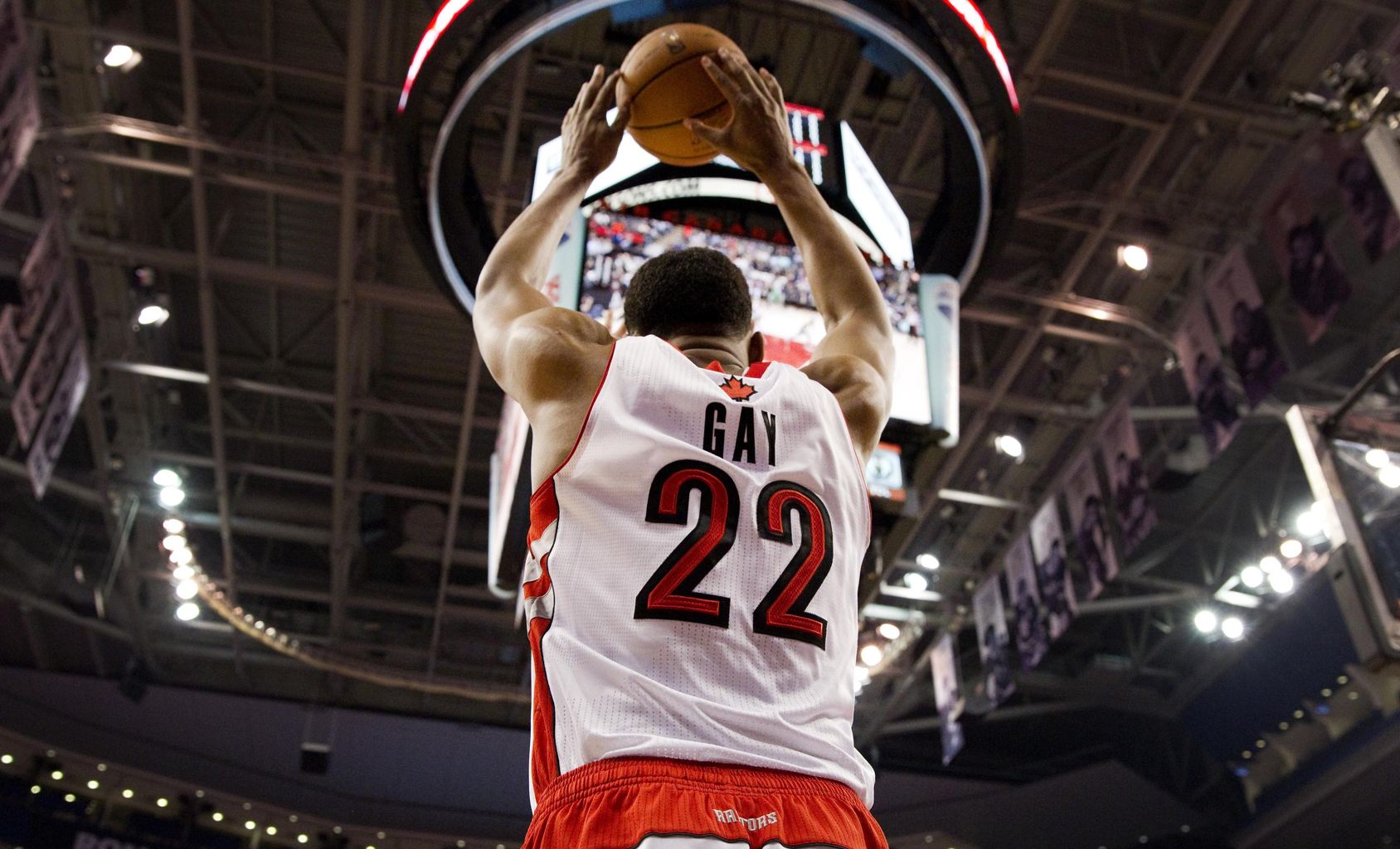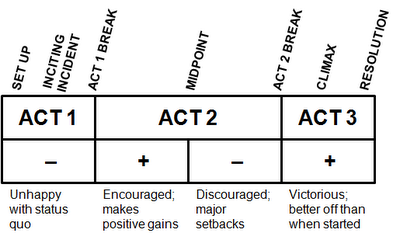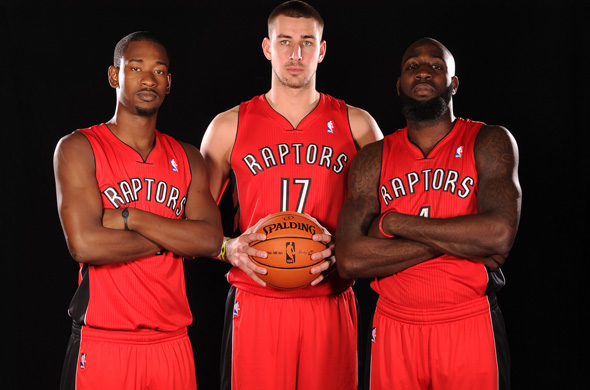Rudy Gay is unquestionably the Toronto Raptors’ best player but his performance in 2012-13 occasionally failed to demonstrate that.
The 6’9’’ forward was traded mid-season from the Memphis Grizzlies to the Raptors and essentially produced at the same rate for both teams. Gay is a tantalizing talent, but he shot a career low 41.6 percent from the field in 2012-13.
That last figure represents his shooting percentage as both a Grizzly and Raptor. In Toronto, he was slightly better, converting 42.5 percent from the field. Gay had more freedom to operate with his new team and consequently was a bit more aggressive in his new surroundings.
Mind you, the issues he faced with his previous team were quite similar to the ones he encountered in Toronto: The offense did not make great use of his skills. It’s worth noting that Dwane Casey did not have a training camp at his disposal to figure out how to best incorporate Gay’s skills.
The forward’s mid-season acquisition forced Casey to look at plays Memphis ran for Gay and emulate them. Some were successful, but for the part Gay was put into a few tough situations.
Gay is a great shot creator, but not necessarily someone that makes jumpers at high rate. In 2012-13, the former Grizzly attempted 411 mid-range jumpers per NBA.com’s advanced stats tool, ranking him in the top-25 in attempts for these types of shots.
Gay’s 36 percent shooting on mid-range jumpers was the worst mark of any player in the top-25 in attempts at the conclusion of the 2012-13 campaign. The former Husky can make jump shots every now and then, but that’s clearly not his strength.
And yet, the Grizzlies and Raptors ran a multitude of plays designed specifically to get him this shot.
Synergy Sports tells us 15.5 percent of his field goal attempts in 2012-13 came as a result of him handling the ball in the pick-and-roll. The only other setting where he attempted more field goals was in isolation plays.
One can forgive the isolation plays since they typically occur late in the shot clock after a play was run or what have you (Toronto did a run a good dose of them nonetheless and might reduce the amount going forward). But the pick-and-rolls were incredibly damning.
Gay hit 39.1 percent of his field goal attempts as the ball handler in the screen-and-roll action. Defenders were simply judicious here and went underneath screens in an effort to encourage him to shoot. Smart teams also trailed him at the top of the screen and had the big man defending the play retreat a few feet back and concede the jumper.
Watch the video below of Gay attacking Joe Johnson of the Brooklyn Nets:
Brook Lopez backtracks and waits for Gay to rise up for the jumper and contests his shot.
The Raptors ran far too many of these types of sets in the half court with Gay as the primary option on these plays. For the most part these plays are practically throwaway possessions because they fail to capitalize on the athleticism and finishing ability of their best player.
The pick-and-roll with Gay is a terrific option on the secondary break when defenses are scattered and struggling to find their assignments. That’s one of the best ways to get Gay a head of steam against a backpedaling defender.
Glance at the video below. Toronto is in semi-transition and the Connecticut product runs a pick-and-roll and gets matched up against a terrified Steve Novak:
This is a perfect spot for the Raptor swingman because he can use his decent ball handling skills to attack a seemingly unprepared defense and get to the rim where he converted 64.5 percent of his attempts in 2012-13 per Hoopdata.
It stands to reason the Raptors cannot simply feed Gay out in transition or on the secondary break. This is where misdirection is important. The key for Toronto going into 2013-14 is disguising their intentions in the half court.
Opposing players, coaches and fans all know the ball will eventually end up in Gay’s hands. The trick is to make them guess when that will occur. Predictability coupled with poor execution is a recipe for disaster even against bad defensive teams.
However, a little diversity and ball movement are an offense’s two best friends. The Raptors need more sets with early action and quick triggers for their players. This post is heavily focused on Gay, but this might as well apply to DeMar DeRozan as well.
Great offenses get defenses to cover every area of the court and chase the ball from one side of the floor to the next. Hence, it’s counterproductive to put the ball in Gay’s hands in a pick-and-roll against a set defense. Against a rotating defense though?
Now we’re in business.
Have a look below at how the Raptors get Gay the ball against the Charlotte Bobcats and what he does with it afterwards:
The former Grizzly gets to the hoop with relative ease despite the lack of shooters on the floor. The initial action between Kyle Lowry and Landry Fields gets the defense moving. From there, Gay runs a pick-and-roll and gets all the way to the basket despite the poor spacing.
It’s incredibly important to get defenses shifting and then forcing them to cover another set or action on offense. The elite defenses in the league (Indiana Pacers, Memphis Grizzlies and Chicago Bulls to name a few) can cover the multiple variations of pick-and-rolls and close out the possession with a contested jumper.
The rest of the NBA however is not that lucky or that great. Heck, the back-to-back champion Miami Heat were exposed on this front in the first five games of the 2013 NBA Finals.
Stars are important as it pertains to winning in the NBA. But they also need a system that highlights their skills and gives them multiple opportunities to play one-on-one basketball.
Tweaking a Raptor offense that scored 101.9 points per 100 possessions after the acquisition of Gay is a must heading into 2013-14. Over the course of an 82-game schedule, that figure would have ranked them in the league’s bottom half.
The addition of Steve Novak certainly helps the Raptors on this front. His long-range shooting ability not only spaces the floor but it could potentially make things easier for Gay when defenses try loading up on him.
Have a look at how J.R. Smith of all people helps create an open shot for Novak during the 2013 playoffs against the Boston Celtics:
The key to the whole possession is the constant offensive movement coupled with the willingness to hit the open man. If the Raptors start running sets resembling the one in the video, Gay will be afforded with wider driving lanes and opportunities at the basket.
Given a training camp with Gay as a member of the Raptors, expect Casey to dial up some plays where his swingman gets a multitude of high percentage shots in 2013-14.



